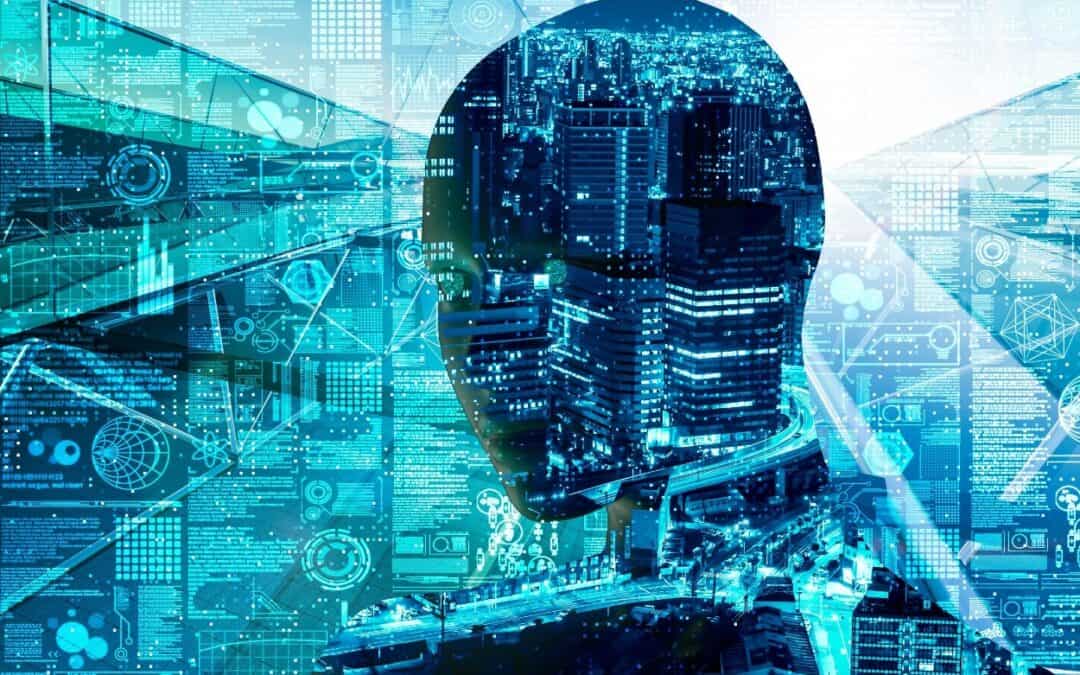Automation has always been about efficiency—reducing repetitive work, streamlining operations, and empowering teams to focus on higher-value tasks. But with the rise of AI agents, automation is undergoing a dramatic evolution. What started with basic chatbots has advanced into intelligent, adaptive, and even autonomic AI agents that can learn, reason, and act with minimal human intervention.
First, let’s explore the progression of AI-driven automation:
Conventional Chatbots: Rule-Based and Scripted
The earliest form of automation in customer and employee interactions, conventional chatbots rely on predefined rules and keyword matching. They are efficient at answering FAQs, routing inquiries, and executing simple commands. However, their rigidity often frustrates users when requests fall outside programmed paths.
Key Role in Automation: Cost savings and efficiency through handling high-volume, low-complexity tasks.
Conversational AI Assistants: Contextual and Multimodal
Moving beyond scripts, conversational AI assistants use natural language processing (NLP) and machine learning to understand intent, context, and sentiment. These assistants can handle more dynamic conversations, support voice and text interactions, and integrate with enterprise applications to provide personalized responses.
Key Role in Automation: Enhancing user experience, enabling more natural interactions, and improving self-service.
LLM-Based AI Agents: Reasoning and Knowledge-Rich Interactions
The emergence of large language models (LLMs) has ushered in a new era of automation. LLM-based AI agents can generate human-like responses, synthesize information from vast datasets, and adapt to domain-specific knowledge. Unlike traditional assistants, these agents can handle complex queries, provide recommendations, and scale across industries.
Key Role in Automation: Expanding automation beyond simple tasks to knowledge work, including research, content generation, and decision support.
Learning AI Agents: Adaptive and Continuous Improvement
Learning AI agents take automation further by observing outcomes and refining their behavior over time. Through reinforcement learning and feedback loops, they become more effective, adapting workflows to user needs, business rules, and changing environments.
Key Role in Automation: Continuous optimization, improved accuracy, and reduced reliance on human retraining or manual adjustments.
Autonomic AI Agents: Self-Managing and Autonomous Systems
The frontier of automation is the autonomic AI agent, which is an intelligent system that can self-configure, self-heal, self-optimize, and self-protect with minimal oversight. Inspired by the autonomic nervous system, these agents can monitor their environment, anticipate disruptions, and adjust in real time.
Key Role in Automation: Autonomous operations, resilience, and agility at scale, enabling truly self-governing digital ecosystems.
What Type of Automation Should You Use?
Not every problem needs an AI agent. Sometimes, simpler automation will suffice. To make the right investment decisions, organizations must learn to evaluate when AI agents are appropriate, where they deliver the most value, and how to maximize their impact.
Essential Criteria
Before deploying AI agents, IT leaders and business executives should consider the following factors:
Complexity of the Task: If a task is repetitive, rules-based, and predictable, it may be better served by robotic process automation (RPA) or simple scripting. AI agents, however, shine in multi-step, context-heavy workflows that require judgment and adaptability.
Example
- Use RPA to process invoice data from PDFs.
- Use an AI agent to monitor invoices, flag anomalies, contact vendors for clarification, and escalate only if unresolved.
Guiding question: Does the task require reasoning beyond rules?
Dynamic Environments
AI agents excel in rapidly changing environments where context is constantly shifting. Traditional automation struggles here because it can’t adapt without manual reprogramming.
Example: In cybersecurity, an AI agent can monitor threats in real-time, cross-reference with threat intelligence feeds, and recommend actions as new attack vectors emerge.
Guiding question: Does the environment require continuous learning and adaptation?
Need for Autonomy
Organizations should assess the level of autonomy that is both safe and desirable. AI agents are most valuable when they can make low-risk decisions independently, freeing humans for higher-value work.
Example: A customer service AI agent can automatically issue refunds under a certain threshold, while flagging high-value disputes for human review.
Guiding question: Can decisions be safely delegated with appropriate guardrails?
Integration Across Systems
Many business challenges span multiple systems, including CRM, ERP, ticketing, and analytics platforms. AI agents excel when workflows demand orchestration across diverse applications and APIs.
Example: An IT operations agent might pull performance data from monitoring tools, compare it with historical trends, update a ticket, and trigger auto-scaling in a cloud environment without manual intervention.
Guiding question: Does the task require coordination across multiple tools?
Human-in-the-Loop Requirements
Some processes need human oversight for compliance, ethics, or safety reasons. AI agents that support escalation, review, or collaboration with human workers are better suited here.
Example: In healthcare, an AI agent may suggest treatment options based on patient data, but always route final recommendations through a clinician.
Guiding question: Does the process require human judgment at key decision points?
Risk and Compliance Considerations
Organizations in regulated industries must ensure that agents are explainable, auditable, and governed. If transparency can’t be ensured, a less complex AI application may be more appropriate.
Example: Financial services companies must ensure AI-driven credit approvals include an audit trail that regulators can review.
Guiding question: Can the AI agent’s actions be governed and explained?
Final Thoughts
AI agents represent a significant shift in automation, transitioning from rule-based tasks to context-aware, adaptive, and autonomous systems. But they’re not a one-size-fits-all solution.
Organizations should apply clear criteria: Is the task complex? Does it require adaptability? Can it be safely delegated? Is compliance manageable? Answering these questions ensures AI agents are deployed where they add the most value.
Ultimately, AI maturity isn’t just about the technology; it’s about leadership alignment, workforce readiness, and responsible deployment. Companies that strike this balance will unlock AI agents as strategic partners in transformation, rather than just another tool in the stack.


Recent Comments